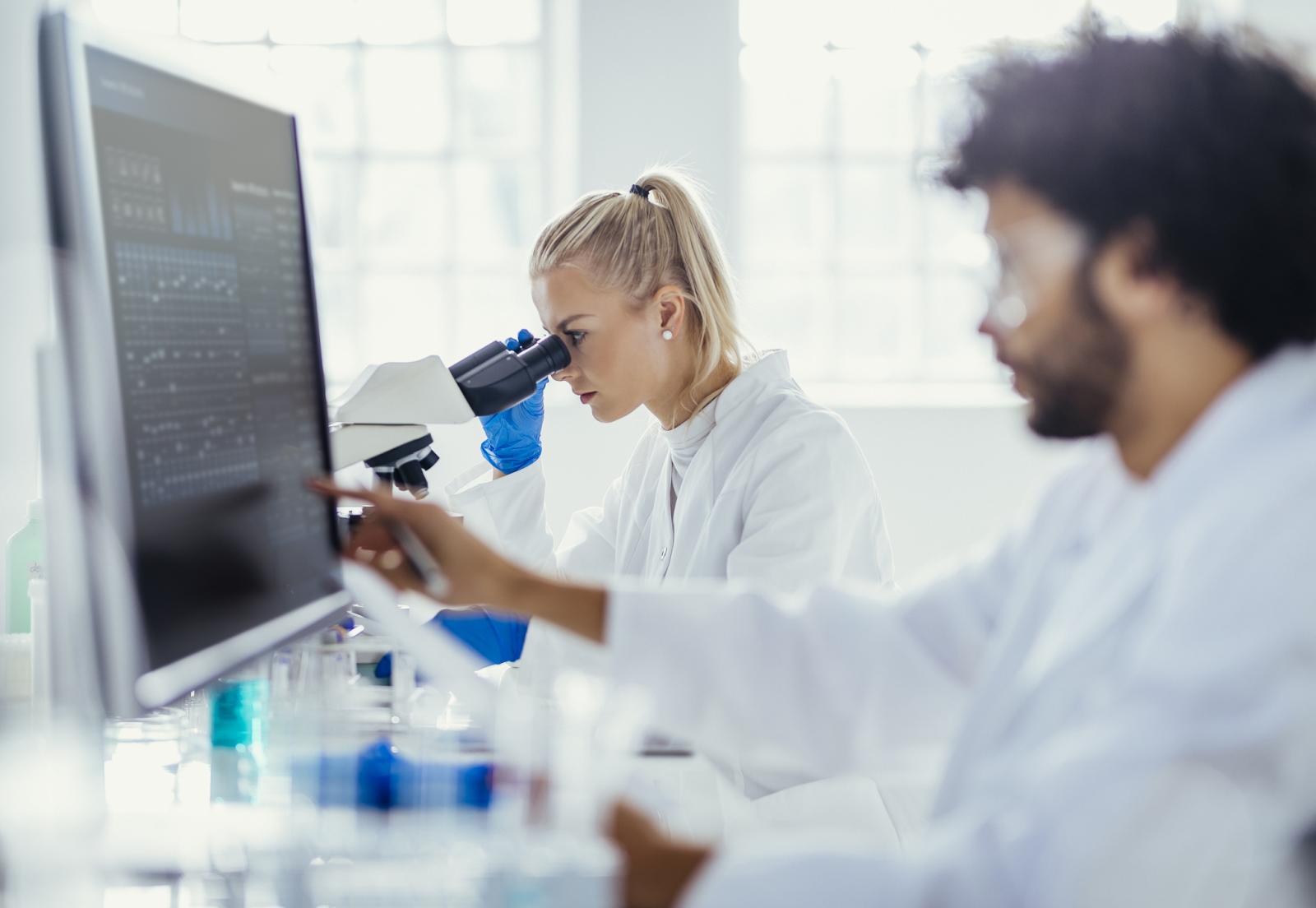Moderna’s Innovation and Technology Centre in Oxfordshire: A New Era for the UK Life Sciences Sector
As the sun dipped below the horizon, the freshly unveiled Moderna Innovation and Technology Centre in Oxfordshire buzzed with anticipation. Scientists and policy-makers mingled, envisioning a future where the intricate dance of mRNA technology could reshape healthcare. This state-of-the-art facility—officially inaugurated with much fanfare—promises to produce millions of vaccines for seasonal adversaries like COVID-19, flu, and RSV, while pioneering treatments for cancers and other emerging diseases.
A Strategic Partnership for Innovation
The new centre stands not merely as a building but as a significant milestone in the UK’s life sciences sector. Moderna’s commitment to a 10-year strategic partnership with the UK Government, entailing over £1 billion in research and development investment, signals a robust future for British healthcare innovation. “This partnership leverages the intellectual capital found in Britain’s world-class academic institutions,” noted Dr. Emily Routledge, a leading academic in biomedical sciences at Oxford University. “The integration with NHS capabilities will amplify our potential to drive real-world medical innovation.”
Boosting Jobs and Economic Growth
The Oxfordshire site is expected to create around 150 high-skilled jobs, a small yet vital contribution to the UK’s ambition of positioning itself as a global hub for RNA-based therapies. With the potential to manufacture up to 250 million vaccine doses annually, the facility enhances national health security in a rapidly changing global landscape. “This is not just about economics. It’s about societal well-being,” explained Professor Ben Harmon, an economist specializing in health policy. “The strategic positioning of such facilities plays a critical role in safeguarding public health while driving economic growth.”
- Anticipated production capacity: 250 million vaccine doses per year
- Investment in local workforce: 150 high-skilled jobs
- Total UK life sciences sector value: £100 billion
The importance of innovation cannot be understated; as Secretary of State for Health and Social Care, Wes Streeting, remarked, “Life sciences are a great British success story. This new cutting-edge facility is the next pivotal moment in boosting our nation’s health, innovation, and economy.” His statement reinforces the UK government’s vision to transition its healthcare paradigm from treatment to prevention.
Navigating Global Health Challenges
The Oxfordshire centre is strategically located within the OxCam Corridor, a region contributing over £40 billion to UK GDP. Experts project that fully leveraging this corridor could inject an additional £78 billion into Britain’s innovation economy by 2035. “Speeding up the research-to-market pipeline has never been more important,” observed Dr. Sarah Lin, a public health researcher. “In an age where pandemics can emerge suddenly, having such facilities will be crucial for responsiveness.”
Broader Implications for Life Sciences Research
Moderna’s investments extend beyond the facility itself. The corporation is dedicated to supporting clinical trials, postgraduate research initiatives, and expansive R&D efforts across the UK. In 2024, Moderna emerged as one of the country’s largest industry sponsors of clinical trials, actively contributing to the UK Vaccine Innovation Pathway, which aims to boost volunteer participation significantly.
“By fostering an ecosystem where academic rigor meets private ambition, we can unlock new treatment paradigms that were once only aspirational,” argued Dr. Routledge. This melding of worlds exemplifies the collaborative spirit needed to tackle the health challenges of our time.
A Look Ahead: The Life Sciences Transformational R&D Investment Fund
The UK government has further facilitated this growth with the pilot launch of the £50 million Life Sciences Transformational R&D Investment Fund. Designed to assist large-scale projects exceeding £100 million, this initiative seeks to attract global investments that reinforce the UK’s standing as a leader in life sciences. The synergy between public funding and private investment promises to catalyze significant advances, rendering Britain a focal point for groundbreaking medical research.
Wes Streeting added, “Partnering with the might of Moderna and the brilliance of our NHS will enable us to benefit from innovative vaccine technology. It’s not just about legacy; it’s about real-time solutions for real-world problems.”
As the facility began its operations, it symbolized more than just a building adorned with high-tech equipment; it represented a commitment to public health, innovation, and the future. The seeds sown by Moderna’s investment could lead to a flourishing ecosystem of discoveries that feed back into the UK’s economy and enhance global health.
The opening of the Moderna centre in Oxfordshire is a clarion call to the world: the UK is poised and ready to lead in life sciences, setting a precedent for how strategic partnerships can enhance both health and the economy. It stands not merely as a facility of manufacturing and research but as a beacon of hope for future generations—a testament to what can be achieved when ambition meets innovation.
Source: www.nationalhealthexecutive.com


